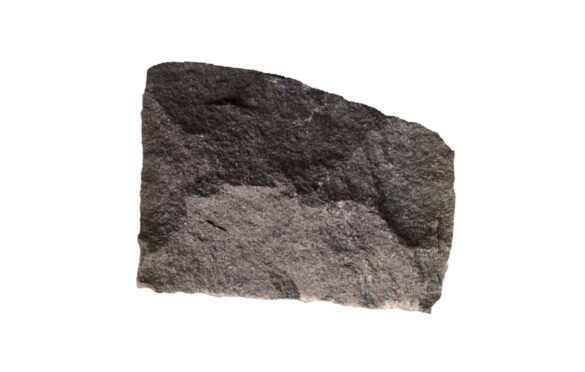Crystal Tuff

Introduction
In the fascinating realm of geology, Crystal tuff stands as a captivating geological wonder. In this comprehensive blog post, we will delve deep into the intricacies of Crystal tuff, exploring its composition, texture, origin, and diverse applications.
Additionally, we will examine its global production, drawing upon the available information to provide valuable insights. Let’s embark on this geological journey together.
What is Crystal Tuff?
Crystal tuff represents a distinctive variety of tuff characterized by a higher concentration of crystal fragments compared to lithic or vitric fragments. Tuff, in general, is known for its mixed composition, combining lithic, vitric, and crystal fractions. Crystal tuff sets itself apart through the prevalence of certain minerals, primarily feldspars, pyroxenes, and amphiboles.
Texture of Crystal Tuff
The texture of Crystal tuff is a key element that defines its geological identity. It presents as a fine- to medium-grained rock, wherein an abundance of crystals is embedded within an ash matrix. Notably, these crystals often exhibit euhedral characteristics, adding to the allure of this geological marvel.

Origin of Crystal Tuff
Forms when ashes are blown out from volcanoes during eruption. Previously formed crystals are separated from lava and may accumulate on land or underwater. When underwater deposition occurs, tuff becomes stratified and takes on the features of a sedimentary rock.
Crystal Tuff: Group, Crystal Classification, Shape, and Color
| Aspect | Description |
|---|---|
| Group | IGNEOUS |
| Origin | Pyroclastic |
| Grain size | Fine |
| Crystal shape | Anhedral, Euhedral |
| Classification | Felsic to mafic |
| Occurrence | Volcano |
| Color | Medium, Dark |
Applications of Crystal Tuff
Crystal tuff finds diverse applications across various industries and scientific endeavors. Here are some notable uses:
- Construction Industry: Crystal tuff can be utilized as a construction material due to its durability and aesthetic appeal. It is often employed in architectural elements, such as facades and decorative features.
- Gemology: Some varieties of Crystal tuff, when cut and polished, can yield gemstones of significant value. These gemstones are cherished for their unique appearance and rarity.
- Geological Research: Geologists and researchers study Crystal tuff to gain insights into volcanic activity and the Earth’s geological history. It serves as a valuable tool for unraveling past volcanic events.
- Jewelry and Ornaments: Crystal tuff gemstones are fashioned into exquisite jewelry pieces and ornamental items, catering to the taste of collectors and enthusiasts.
Global Production of Crystal Tuff
As of the available data, Crystal tuff is produced in various regions around the world. However, precise production figures can be challenging to obtain due to the geological diversity and localized occurrences of this rock type. Nevertheless, it is safe to say that Crystal tuff is a globally distributed geological phenomenon.
In conclusion, Crystal tuff stands as a remarkable geological formation, distinguished by its crystal-rich composition, fine-grained texture, and intriguing origin. Its applications span from construction to gemology, making it a versatile resource with a myriad of uses. While global production data may be elusive, its significance in the field of geology and industry cannot be underestimated.
As we continue to delve into the depths of Earth’s geological wonders, Crystal tuff remains a testament to the dynamic and ever-evolving nature of our planet.
